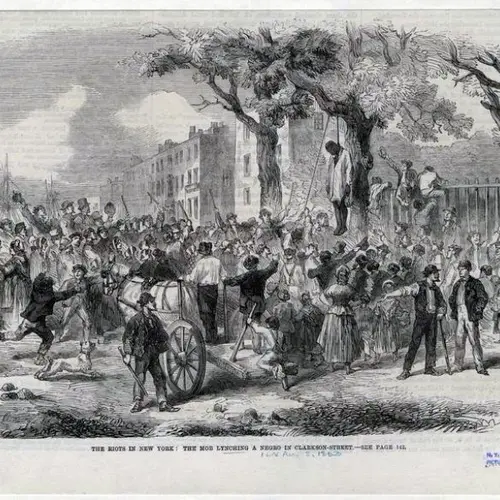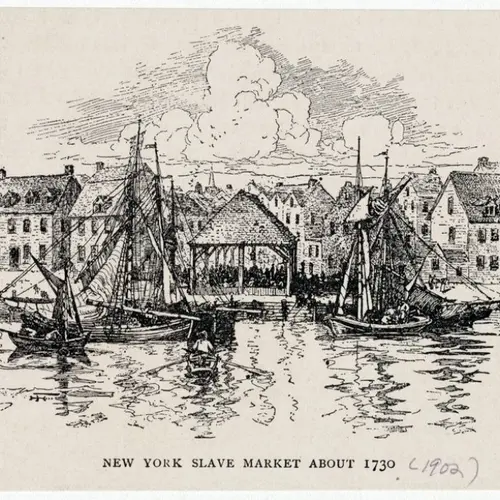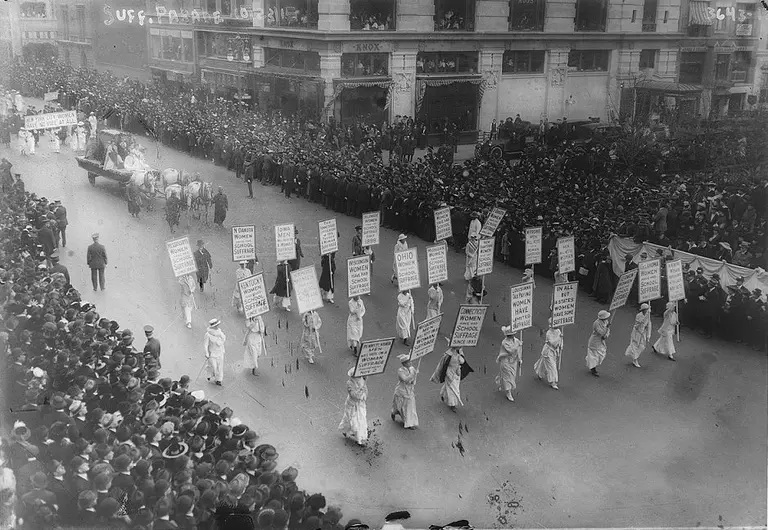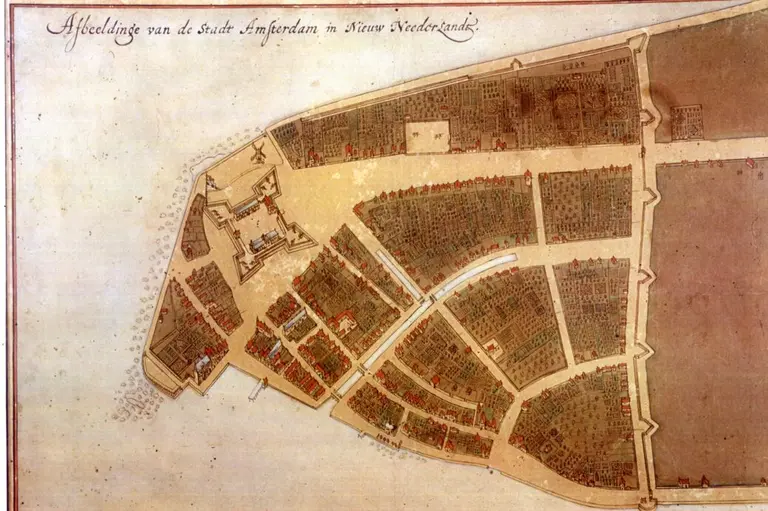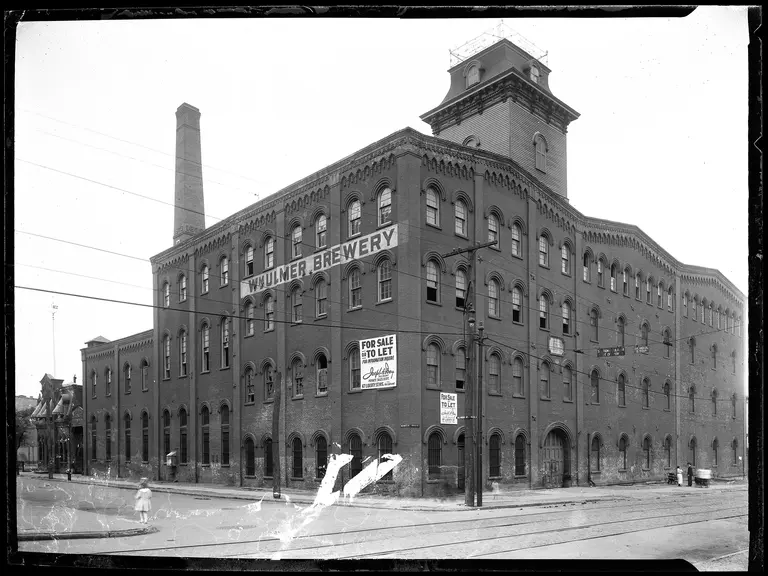John Jay’s new database provides 35,000+ records of slavery in New York
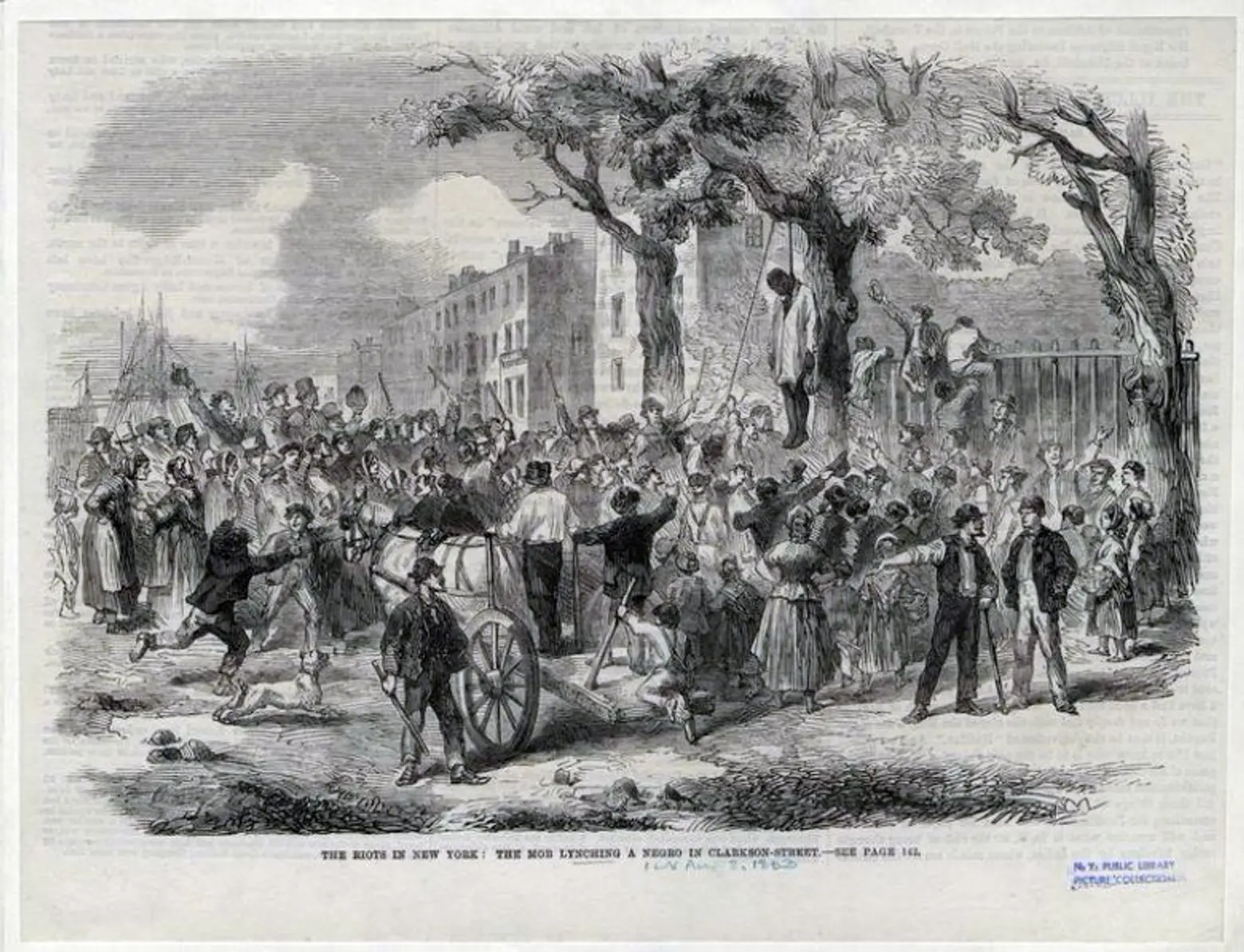
Draft Riots in New York (1863) via NYPL
Typically seen as a beacon of freedom and diversity, New York also served as the capital of slavery in the United States for nearly 200 years. Before the American Revolution, more enslaved Africans lived in New York City than every city except South Carolina, with over 40 percent of the city’s households owning slaves. However, the state eventually became an epicenter for abolition efforts, as well as a destination for many slaves escaping enslavement in the south. To further the public’s understanding of New York’s relationship with slavery, the John Jay College of Criminal Justice has created a searchable database of slaves and their owners (h/t WNYC).
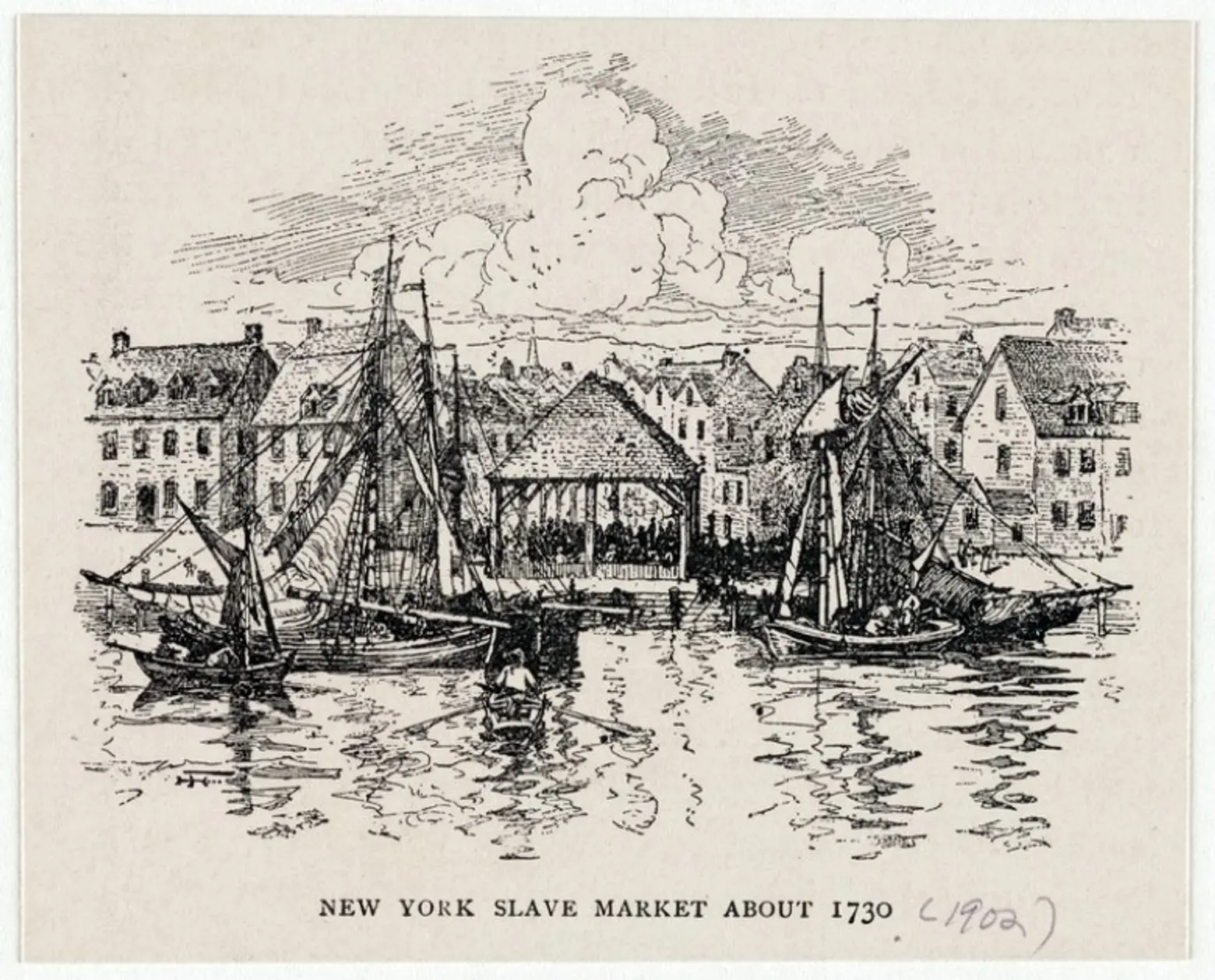
New York slave market in about 1730 via NYPL
The New York Slavery Records Index includes over 35,000 records of individual enslaved people and their owners beginning in 1525 through the Civil War era. John Jay College professors and students looked at census records, slave trade transactions, cemetery records, manumissions, ship inventories, and other sources to create the database.
Users can find records by entering one search criterion in the form, like the last name, and then select “search.” To specify a search, county or borough name can be added. While it’s possible to search for a slave by name, results remain limited because most records refer to enslaved people by a first name only.
Notably, John Jay, the nation’s first Supreme Court justice and governor of New York for whom the college is named, has a deep-rooted family history of slavery. His grandfather, Augustus Jay, invested in 11 slave ships delivering a total of 108 slaves to the Port of New York between 1717 and 1732. John’s father, Peter, also invested in slave ships, bringing 46 slaves between 1730 and 1733. And although he was an advocate for the abolition of slavery, John owned at least 17 slaves, according to the college.
Explore the NY Slavery Records Index here.
[Via WNYC]
RELATED:
